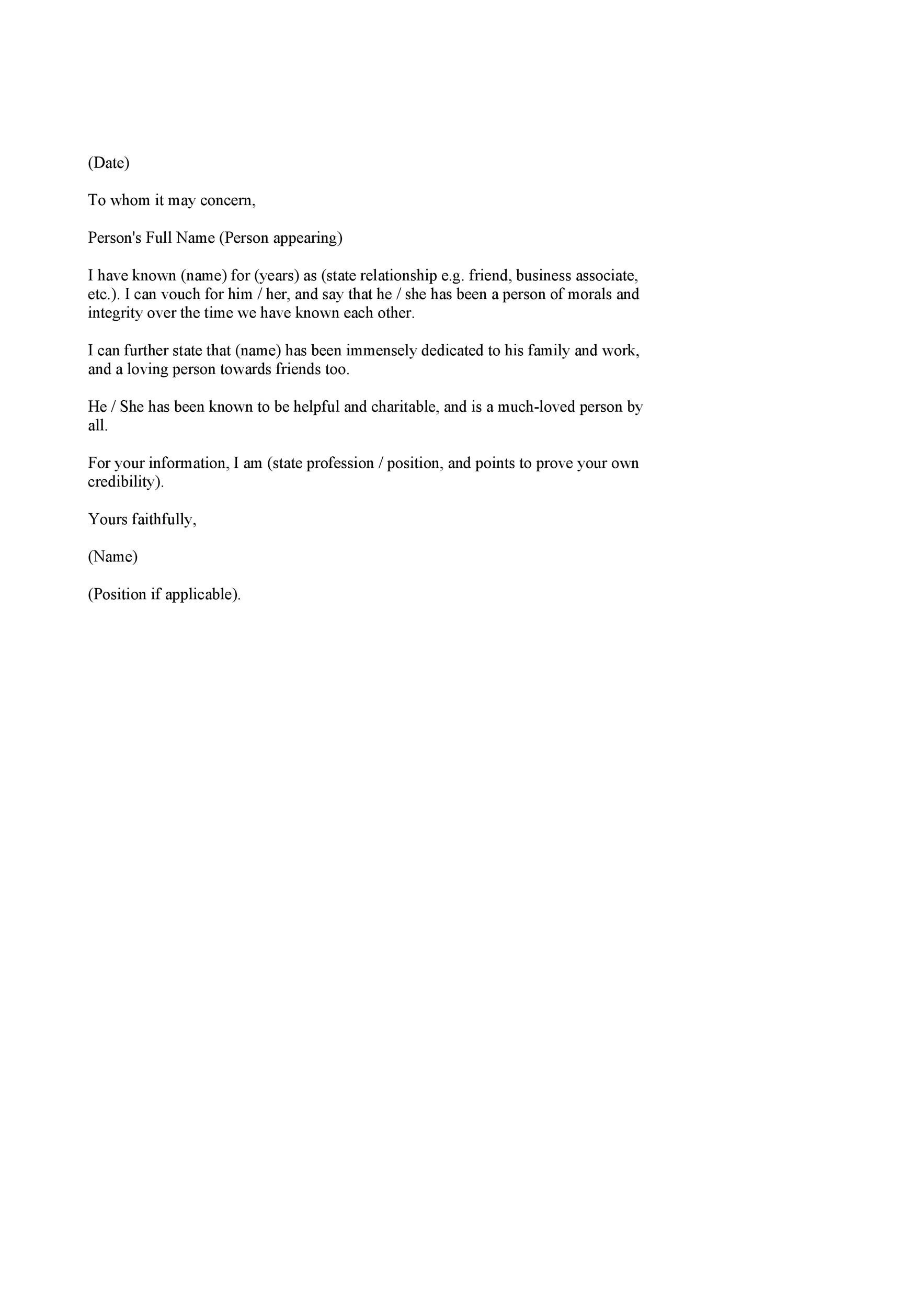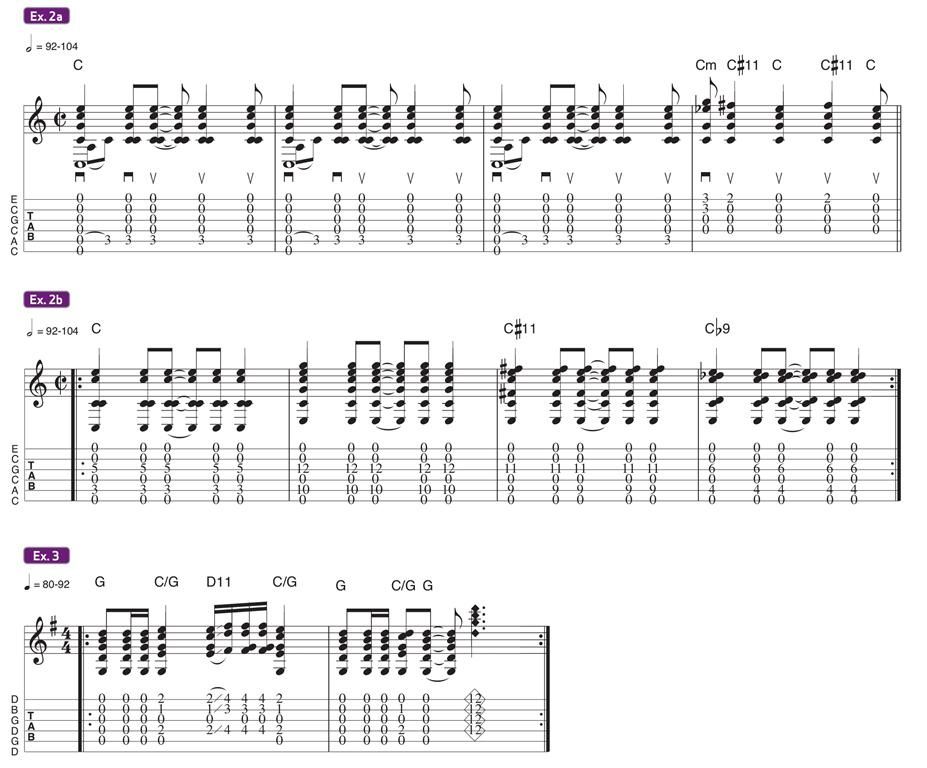Forming a Good Hypothesis for Scientific Research.
What is a Research Hypothesis? A statement that can be tested with the help of experimental or theoretical research is known as a hypothesis. If you want to find out the similarities, differences, and the relationship between variables you must write a testable hypothesis before compiling the data, analysis and generating results to complete.
To write the alternative and null hypotheses for an investigation, you need to identify the key variables in the study. The independent variable is manipulated by the researcher and the dependent variable is the outcome which is measured. 2. Operationalized the variables being investigated. Operational variables (or operationalizing definitions) refer to how you will define and measure a.

This information is used to write a hypothesis statement. Give your findings on the results to either your teacher or whoever it may concern. After a study, the findings should be presented. It could be done during class discussion, class presentation or further library research. Use this finding to nullify your hypothesis. Hypothesis vs prediction. Hypothesis and prediction are two-way things.

How to Write a Hypothesis in a Research Paper. Designing and writing a null hypothesis is often one of the daunting tasks in research that even the reliable research paper writing service find it a challenge writing it. It’s essential to master how to write the hypothesis. Before you get down to how to write a hypothesis within a research paper, you should understand what exactly it means.

Step 6: Writing Your Hypotheses Written and Compiled by Amanda J. Rockinson-Szapkiw Introduction To determine if a theory has the ability to explain, predict, or describe, you conduct experimentation and observation to test inferences derived from the theory. For example, a general inference based on experience and research may be that “extroverted students are more successful in the.

The null hypothesis—which assumes that there is no meaningful relationship between two variables—may be the most valuable hypothesis for the scientific method because it is the easiest to test using a statistical analysis. This means you can support your hypothesis with a high level of confidence. Testing the null hypothesis can tell you whether your results are due to the effect of.

Aims and Hypotheses. Levels: AS, A Level; Exam boards: AQA, Edexcel, OCR, IB; Print page. Share: Share on Facebook Share on Twitter Share on Linkedin Share on Google Share by email. Observations of events or behaviour in our surroundings provoke questions as to why they occur. In turn, one or multiple theories might attempt to explain a phenomenon, and investigations are consequently conducted.

The important thing to remember about stating hypotheses is that you formulate your prediction (directional or not), and then you formulate a second hypothesis that is mutually exclusive of the first and incorporates all possible alternative outcomes for that case. When your study analysis is completed, the idea is that you will have to choose between the two hypotheses. If your prediction was.

A hypothesis is a tentative statement that proposes a possible explanation to some phenomenon or event. A useful hypothesis is a testable statement which may include a prediction. The key word is testable. That is, you will perform a test of how two variables might be related. This is when you are doing a real experiment. You are testing variables.

Research hypothesis. The primary research question should be driven by the hypothesis rather than the data. 1, 2 That is, the research question and hypothesis should be developed before the start of the study. This sounds intuitive; however, if we take, for example, a database of information, it is potentially possible to perform multiple statistical comparisons of groups within the database.

How to Write a Hypothesis. Writing a hypothesis is a step in the scientific method. Let's begin by looking at two different sentences: The sun will rise tomorrow. If I use fertilizer, then the.

And the first step of hypothesis testing is forming Null and Alternative hypothesis. Before we move to write our null hypothesis, let us first understand the need of doing hypothesis testing. Why do Hypothesis Testing. In the Measure Phase of a DMAIC project, we conduct brain storming exercises with subject matter experts and prepare a list of probable causes. Similarly, basis initial data.

Write your Hypothesis. After identifying the question of interest and doing background research on that you can write your Hypothesis. Generally, the Hypothesis is the answer to the question of interest that you have identified in the first step. So the basic thing is after doing research, you make a calculated guess about the answer to the question and that will be your Hypothesis. Now there.



